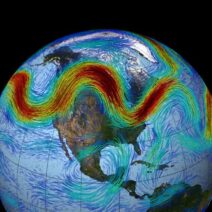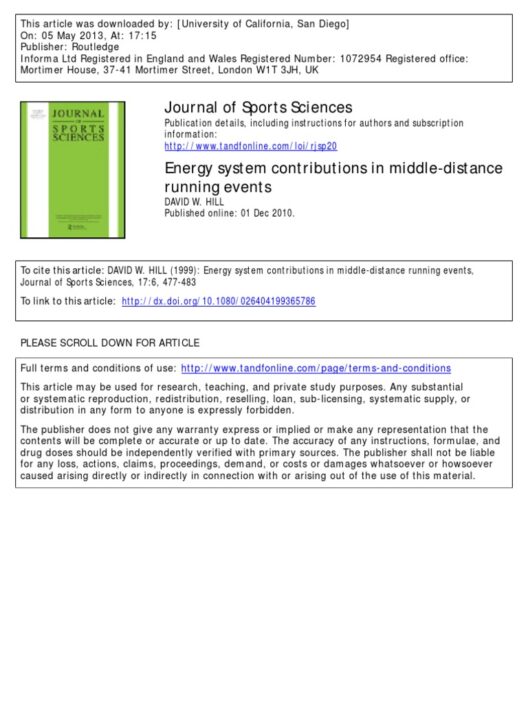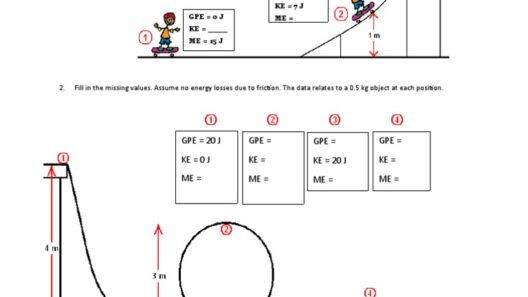Energy conservation is a critical issue that transcends individual responsibility; it requires collective action, particularly within the family unit. As households occupy a unique position at the nexus of energy consumption, the way family members approach energy use can significantly influence overall conservation efforts. To effectively diffuse responsibility for energy conservation among family members, it is essential to create an environment that encourages shared commitment, understanding, and action.
The first step in fostering a communal approach to energy conservation is to cultivate awareness. Family discussions should center on the significance of the issue. Engaging each member—children, teenagers, and adults—invites diverse perspectives that enhance comprehension. Presenting data on energy consumption, climate change, and its repercussions instills a sense of urgency. Utilize illustrations and anecdotes that resonate with different family members’ experiences. A teenager may respond more to the concept of their future and its uncertainties, while younger children might connect better with relatable stories of animals impacted by climate change.
Once awareness has been established, the next phase involves assigning individual roles based on each member’s capabilities and interests. It is crucial that roles are not seen as burdensome chores but as dignified contributions to a collective goal. For instance, one could delegate the responsibility of monitoring the thermostat setting to an energy-conscious family member, while another might take charge of turning off lights when rooms are unoccupied. Such a clear distribution of responsibilities alleviates any potential sense of guilt and fosters teamwork. Moreover, it imbues each family member with a sense of ownership over the collective effort.
In addition to assigning roles, establishing energy conservation goals can galvanize collective effort. It is beneficial to formulate both short-term and long-term objectives that are quantifiable and realistic. For example, short-term goals might include reducing energy consumption by 10% over a month, while a long-term goal could be transitioning to renewable energy sources within five years. Celebrate milestones together as a family, whether it’s a small reward for reaching a month-end target or planning an outing for achieving a long-term goal. Such triumphs reinforce positive behaviors and encourage perseverance.
Education is paramount in sustaining energy-saving practices. Host family meetings to discuss new strategies and technologies that can aid conservation efforts. Encourage each member to contribute new ideas, whether it be through research they have conducted or practices they’ve learned at school. This could range from small-scale implementations, such as harnessing natural daylight instead of artificial light, to larger investments in solar panels or energy-efficient appliances. This sense of collaborative learning not only makes conservation strategies more diverse but fosters an inclusive atmosphere where everyone feels heard.
Furthermore, connecting energy conservation with personal values can dramatically shift perspectives. Discuss how energy preservation aligns with family values such as sustainability, health, and economic stewardship. Highlight how energy-saving practices contribute to a healthier environment, reduce household costs, and reflect a commitment to social responsibility. Family members who see the broader connections may naturally embrace conservation as an ethical imperative rather than a mere obligation.
The incorporation of technology can also be instrumental in energizing family involvement. Applications and smart home devices can track energy use and offer insights into consumption patterns. Consider gamifying these applications, creating a friendly competition among family members to see who can save the most energy weekly. Offering rewards or privileges to those who actively engage in energy-saving practices can spark enthusiasm. Such tools create transparency around energy usage that can drive collective accountability.
Moreover, lead by example. When family members witness commitment from one another, especially from parents or elder siblings, they are more likely to internalize the importance of energy conservation. Consistently practicing what is preached reinforces the notion that energy-saving is a family value rather than an isolated task. Simple practices like turning off lights, unplugging devices, or using public transportation can serve as tangible demonstrations of commitment. These actions speak volumes, naturally instilling similar habits in others.
Consider arranging family activities centered around energy mindfulness. Weekend workshops on how to conduct home energy audits or trips to local renewable energy initiatives can nurture interest and engagement. Through such initiatives, family members can acquire practical skills while becoming more attuned to the environmental benefits of energy conservation. Not only do they learn to appreciate their energy consumption’s implications, but they also gather valuable information that can be utilized in their everyday lives.
Lastly, maintain open lines of communication regarding ongoing energy practices and policies. Regular check-ins can encourage accountability and stimulate discussions around difficulties encountered in adhering to conservation practices. This dialogue allows space for adjustments and reassessments of roles and goals, ensuring that energy conservation remains a dynamic family undertaking. The shared journey towards reducing energy consumption can, indeed, serve to strengthen familial bonds and establish a lasting culture of environmental stewardship.
As societal challenges continue to mount, navigating the complexities of energy consumption becomes ever more crucial. By adopting these strategies, families can successfully diffuse responsibility for energy conservation across all members, transforming the approach from individual obligation to collective commitment. Ultimately, such efforts not only contribute significantly to broader environmental objectives, but they also foster a deeper understanding of our collective role in steering the planet towards sustainability.






